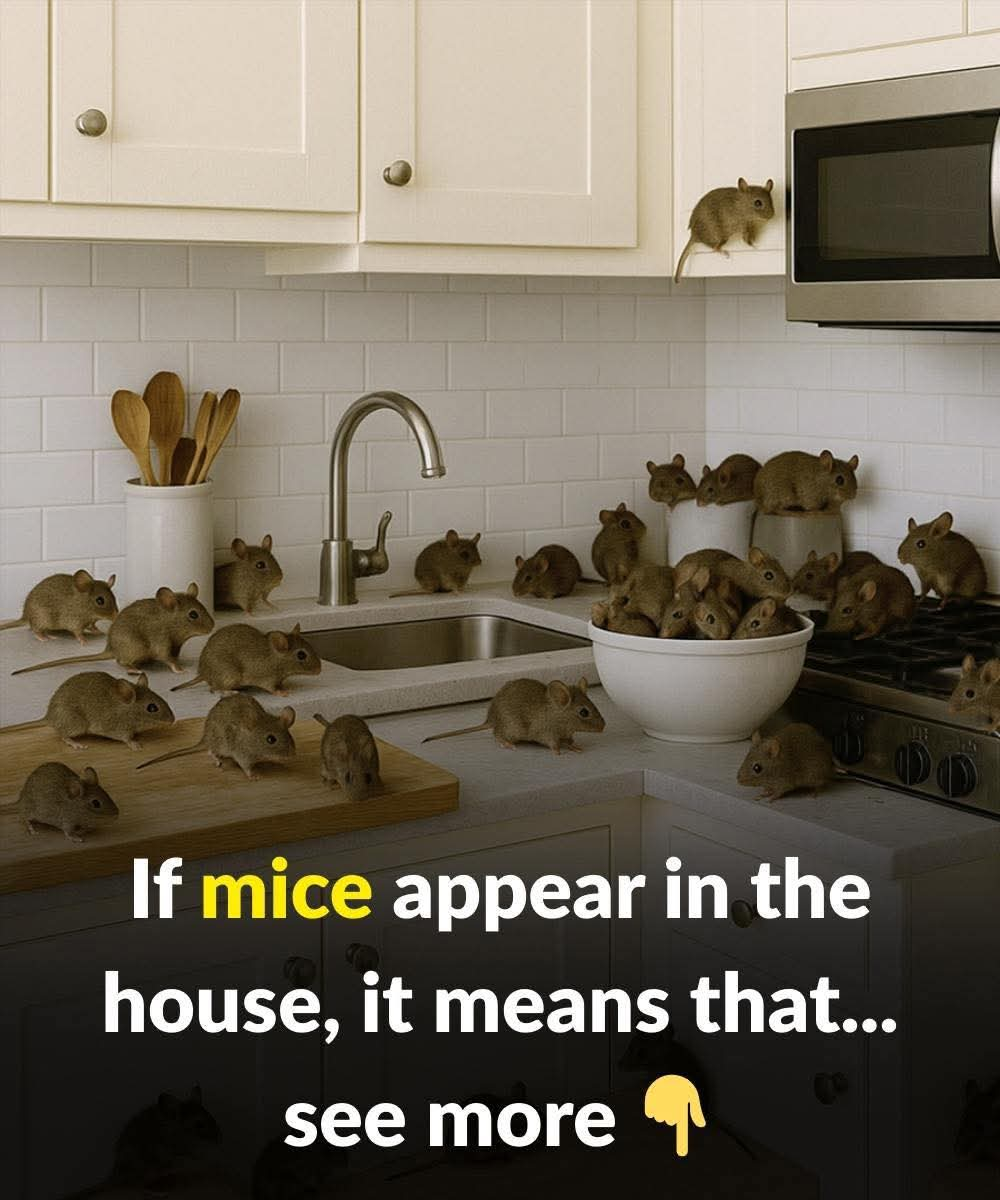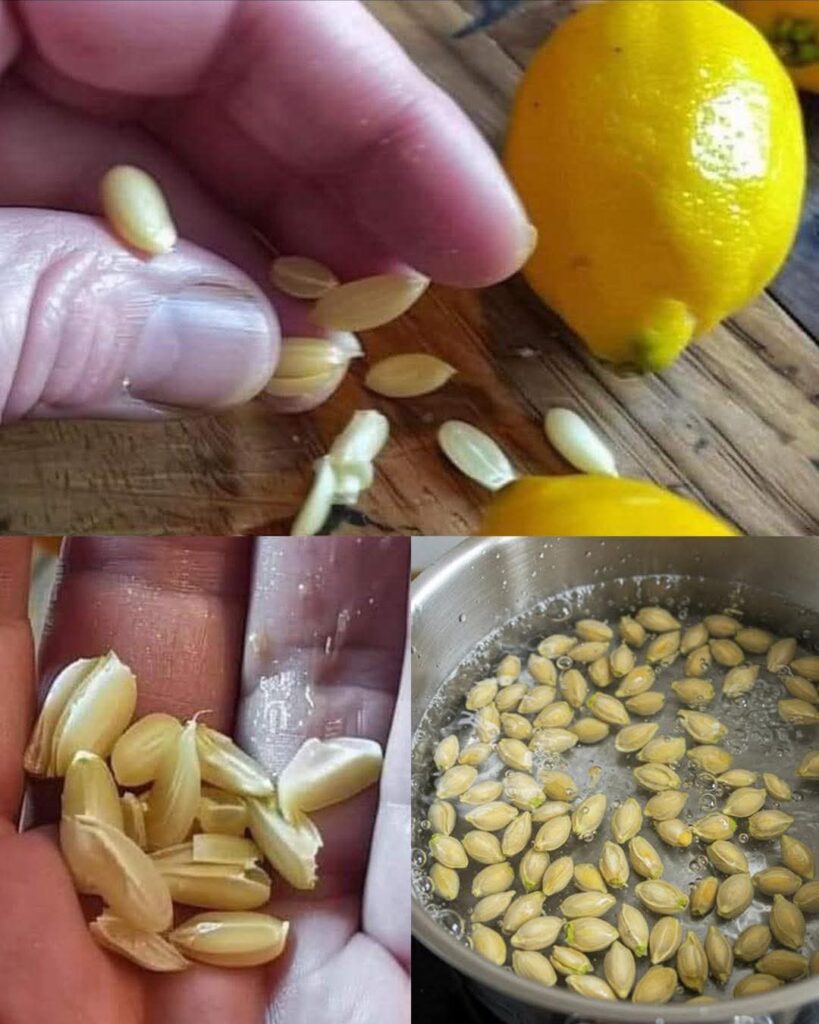If Mice Appear In Your House, It Means This — And You Need To Act Fast

At first glance, a tiny mouse might not seem like a big problem. But when mice show up in your home, they’re trying to tell you something important — and ignoring it can cost you. These sneaky creatures don’t just come out of nowhere, and their presence is a red flag for both health and home safety.
Here’s what it really means when mice start appearing — and exactly what you need to do about it, fast.
What Does It Mean When Mice Enter Your Home?
1. There’s Easy Access to Food and Shelter
Mice are opportunists. If they find crumbs on the floor, pet food left out overnight, or poorly sealed pantry items, they see your house as a buffet. Warmth, dark spaces, and clutter also give them the perfect shelter to hide and breed.
2. There Are Entry Points You Haven’t Noticed
Even the tiniest cracks in walls, doors, or windows can be an open invitation. A mouse can squeeze through an opening as small as a pencil!
3. Change in Weather or Season
As temperatures drop, especially in fall or winter, mice start seeking warmer places to nest. If they’re in your home now, it’s likely because outside conditions have become too harsh.
4. Nearby Construction or Disturbance
If there’s recent work near your home — digging, construction, or tree removal — it may have disturbed their natural habitat, pushing them toward your space for shelter.
Why You Must Act Fast
Mice breed quickly. A single female can give birth to up to 10 litters per year, with 5–12 babies each time. What starts as one or two mice can quickly become a full-blown infestation.
More dangers:
- Health Risks: Mice carry bacteria and viruses in their urine, droppings, and saliva — including hantavirus, salmonella, and leptospirosis.
- Property Damage: They chew wires, wood, insulation, and even furniture — posing a major fire hazard and structural risk.
- Food Contamination: Anything they touch or gnaw on is no longer safe to eat.
How to Get Rid of Mice: Step-by-Step
Step 1: Find and Seal Entry Points
Inspect your home — especially around baseboards, vents, under sinks, attic spaces, and garages. Seal all gaps and cracks with steel wool or caulk.
Step 2: Clean Thoroughly
Remove crumbs, pet food, and unsealed items. Store all food in airtight containers and keep trash bins sealed.
Step 3: Set Traps Strategically
Use snap traps or electric traps near suspected areas (behind appliances, corners, closets). Peanut butter works better than cheese!
Step 4: Use Natural Deterrents
Try peppermint oil, bay leaves, or cloves in cotton balls. Mice dislike the smell. Place them in drawers, corners, and entry points.
Step 5: Call Pest Control if Needed
If the problem persists after a week or two, you may have a deeper infestation and should bring in professionals.
Prevention Tips
- Keep outdoor trash bins tightly sealed.
- Trim bushes and trees that touch your house.
- Avoid leaving doors and windows open without screens.
- Regularly inspect for droppings or gnaw marks.
FAQs
Q: Do mice mean my house is dirty?
Not necessarily. Even clean homes can attract mice if there’s easy access to warmth, food, or water.
Q: Can I get sick from just one mouse?
Yes. Even one mouse can carry harmful bacteria and contaminate food or surfaces.
Q: Do ultrasonic repellents work?
They may offer some short-term help, but aren’t a guaranteed long-term solution.
Final Note:
If mice appear, it’s a warning sign from nature. Act fast, stay clean, seal every crack, and take back control of your space — before they take over yours.






